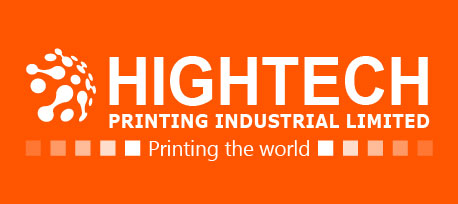Why the Ink will be skinning?
Why the Ink will be skinning?

According to the analysis, ink skinning always appear in the printing process and storage. This situation brings a lot of trouble to printing companies and operators: such as printing cost increase and printing quality decline. If we can effectively control the ink skinning phenomenon in prepress and printing process. It has important significance for the printing companies.
Ink skinning means: Because of oxidation, infiltration, volatilization, evaporation and other drying at normal temperature, printing ink layer surface keep touch with air during printing process and storage. Also the vegetable oil oxidation and the organic solvent volatilization cause the ink system polymerization to create Gelatin.
When the printing ink density increase to a certain value, the surface will be covered with a layer of molecules. Even supplemented with a solvent or oil in order to reduce the concentration of the ink, but the skinning (gel) surface can not be accommodate more molecules.
Firstly, serious ink skinning problem would have a stable great impact on printing costs. It is estimated that the waste will be at least 1% , most may nearly 4%. Such tangible consumption will increase heavy financial burden to packaging printing enterprises.
Secondly, the impact of the printing quality also can not be ignored. When ink skinning during the printing process, the ink skin under the pressure of rolling will transfer to all aspects. This will greatly influence the normal inking. Also when the ink skin adhesion to the plate roller, the characters density will be changed; when the ink transfer to the plate and blanket, the ring mark will appear on the printed materials; when the ink adhesion to the water roller, water transfer will not smooth and dirty phenomenon; also ink may directly attach to the paper.
From the above we know that the prevention and treatment of ink skinning phenomenon is necessary. Then how the ink skinning is coming from?
Above mentioned that the ink skinning is a kind of ink binder oxidation conjunctiva phenomenon. The conjunctiva mechanism is same as ink drying, both affected by temperature, humidity, oxygen in the air, the desiccant content of the ink and other factors. Simply speaking, the ink skinning is actually an oxidation conjunctiva phenomenon we do not want to see. (Because the conjunctiva phenomenon happen when we do not want it happen).
There are lots of factors caused the ink skinning, but mainly are following: too much dryness oil content; too high temperature; too long time ink contact with air. Below are some analysis:
1. too much dryness oil content.
Such errors usually occur in the ink manufacturing process or printing process. Desiccant adding must be combined with the printing conditions and environmental temperature. Otherwise ink will dry when you do not want it appear (ink skinning). Regarding the use of desiccant, no more mentioned here.
2. too high temperature
Ink skinning caused by temperature, mainly is high temperature. When the temperature is too high, unsaturated molecular of ink activity increased, especially the ink surface under the action of oxygen contact with air more easily conjunctiva oxidized. The high temperature we mentioned are following:
a) High environment temperature: According to our experience, ink skinning in summer is obviously more than winter. If no air conditioning in the workshop, it is more obvious. It is necessary to reasonable control of the work environment temperature. Generally, 20oC is the ideal workshop temperature, which can ensure good ink flow and transfer performance, also the ink skinning can be controlled in a relatively low level.
b) When the machine (such as rollers) temperature too high, ink skinning phenomenon also will be cured in the printing process. When contact pressure between the ink roller is too big, the temperature rise more obviously and it is easy to skinning on ink fountain and roller this time.
